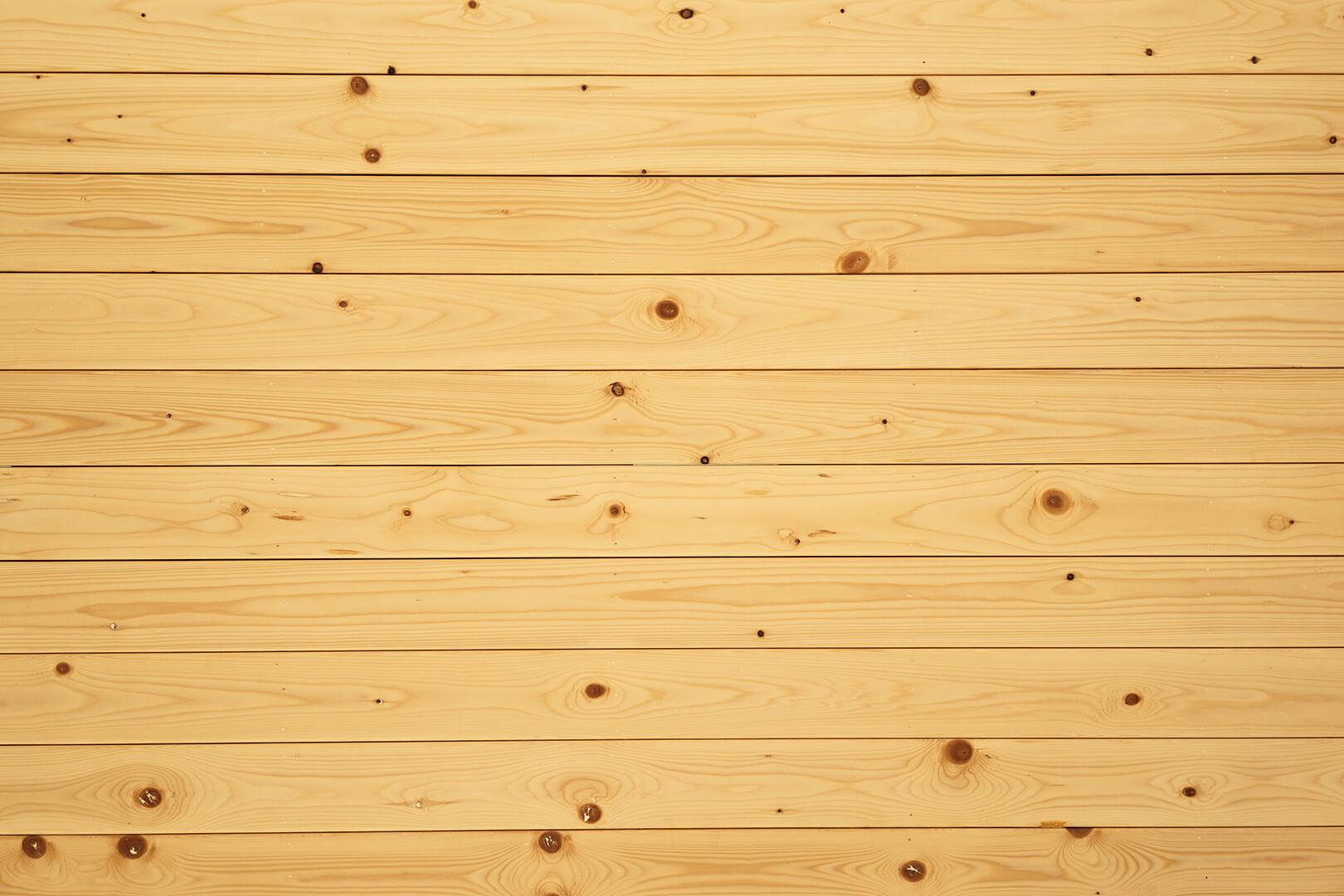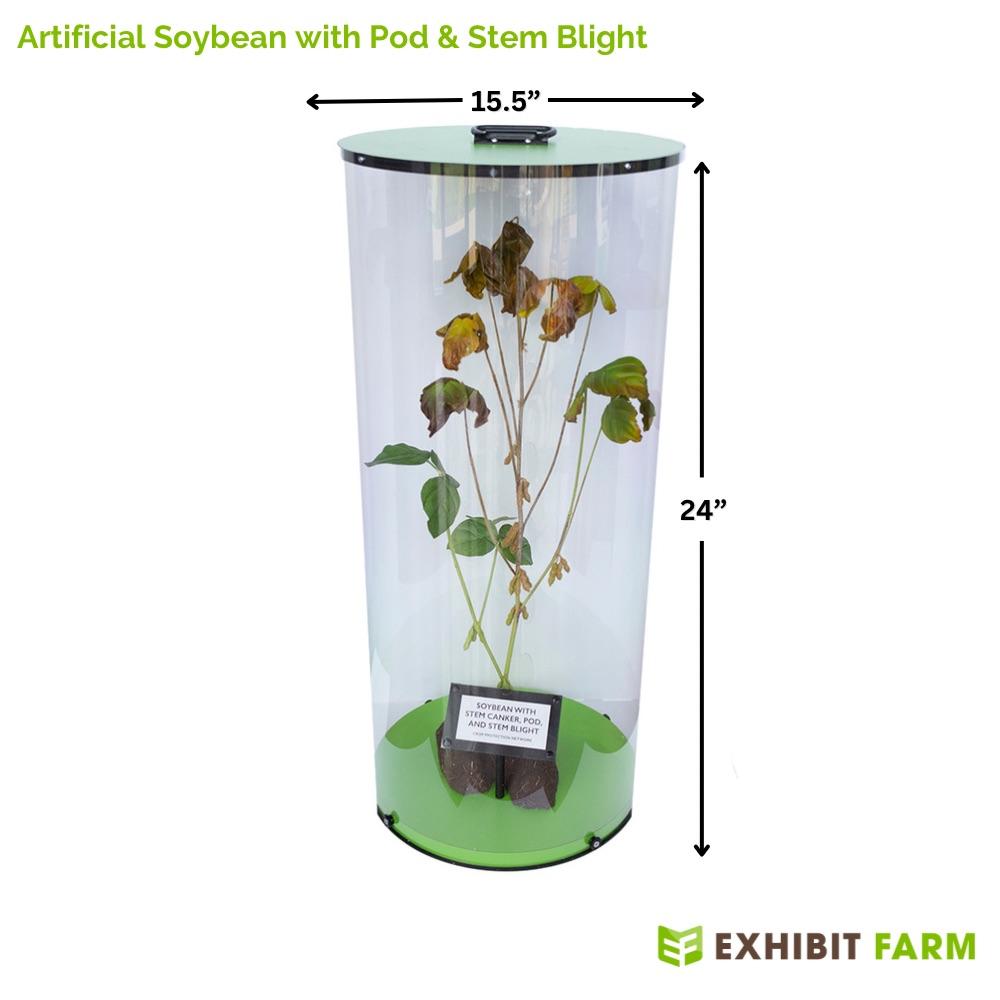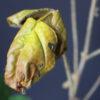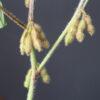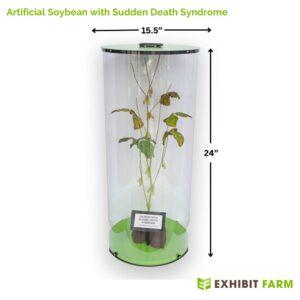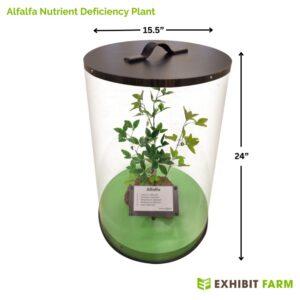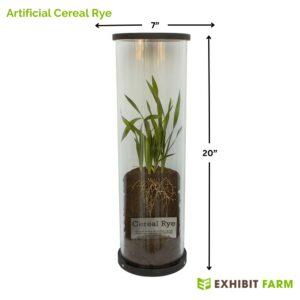Description
This artificial soybean plant exhibits symptoms of pod and seed blight and stem canker, aiding students in learning to recognize soybean diseases. The museum-quality replica is precise for use in training farmers or future agronomists at agricultural colleges or extension offices. The model comes enclosed in a removable display case.
